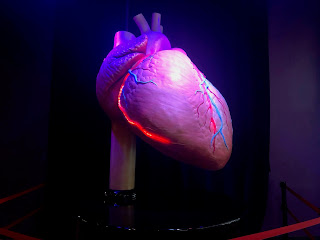Day 7, 8, and 9
For the seventh and eighth days of my J-Term, I mainly spent my time working on my final research paper and using survival analysis to analyze the data I was being shown. I started by first learning what the patient data exactly showed us. It showed us how dialysis affected the survival of liver transplant patients with Pulmonary hypertension. The results of this data really fascinated me and shocked me, since this was something I never learned about before. After looking at the data and learning about the liver transplant patient survival, we then looked at the same data in comparison to those who didn’t have Pulmonary hypertension or undergo dialysis. This also really interested me, since I didn’t know that the survival of both groups of patients would be so similar to each other. For the last and ninth day of my J-Term, I spent the day working on the data which I am going to include in my final pro...
